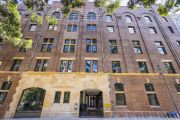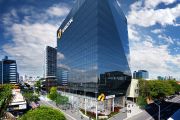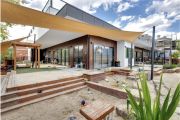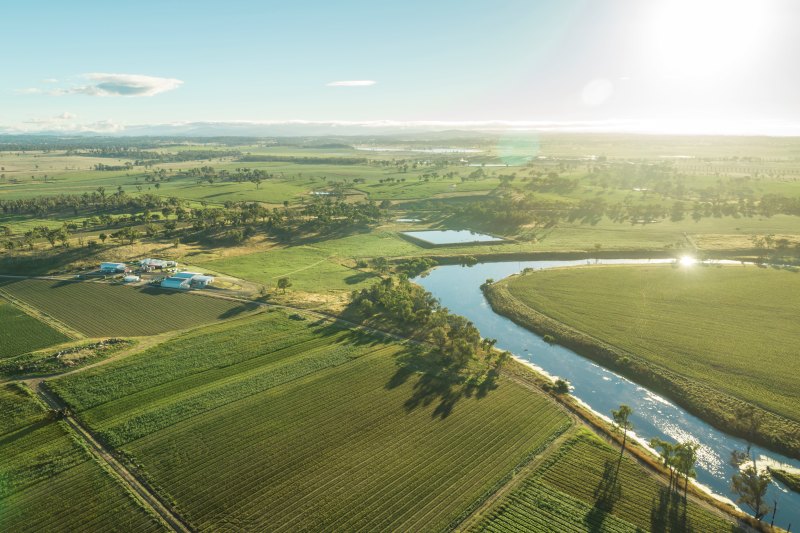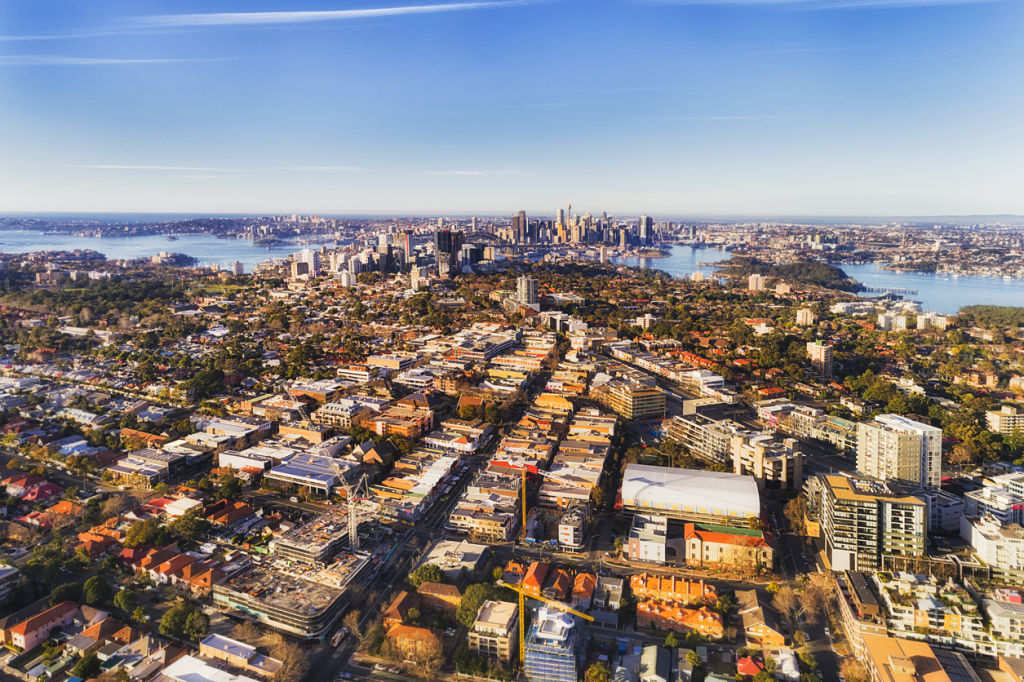
Supply squeeze: Sydney could run out of industrial land within two years, report finds
Sydney could run out of industrial land within as little as two years under a “worst-case scenario”, according to a new report which shows that the land shortage is putting further pressure on rents in the hot industrial sector.
The Sydney Industrial Land Supply report from JLL’s director of research Sass J-Baleh found that there were just 646 hectares of “developable” industrial land remaining in Sydney – land that was zoned industrial, not yet developed and already serviced with water and waste connections.
Ms J-Baleh calculated three possible scenarios for “absorption” of this land based on trends in the sector over the past decade.
Assuming a low rate of absorption of 105 hectares a year, the current level of supply would dry up in six years.
Adopting the average rate of absorption – 155 hectares a year – that number dips to four years, while a more aggressive rate of absorption, such as in 2008 (264 hectares) would result in the current allocation of industrial land being exhausted in two years.
The threat of such a shortage was already having flow-on effects to the development pipeline, Ms J-Baleh said.
“The severe lack of developable land availability in Sydney has already contributed to a fall in the development pipeline over 2019 to 2021 … Compared to 2018, the total projected floorspace to be added to the market by the end of 2019 will be a 37 per cent reduction. This will hinder the level of take-up activity over the next two years,” she wrote.
Significantly, it’s also likely to put increased pressure on rents and purchase prices.
Average land values grew by about 12 per cent for lots between one and five hectares in the year to July 2019, with that figure spiking to 23 per cent for lots in the city’s outer south west.
Rents for prime-grade assets increased by 3 per cent over the same period, according to the report.
“Continued occupier demand, coupled with a decreasing pool of developable land, has seen land value grow at record rates. Further, rental growth rates are beginning to lift,” Ms J-Baleh wrote.
“Given the rapidly depleting level of zoned and serviced industrial land and the extended turnaround time of un-serviced land, the scarcity of industrial assets is inevitable. Therefore, in the short to medium-run, the growth in land values is expected to continue as well as further growth in rents is probable.”
Rezoning likely on the cards
The NSW government would likely respond to the shortage in the coming years by rezoning areas of the city to allow for industrial development, Ms J-Baleh said.
“It should [rezone]. Industrial plays a key role in servicing our population – whether that be for e-commerce, or our export revenue, or even [the] pharmaceuticals industry [we have an ageing population]. There are multiple industry-level growth sectors that require space now and well into the future.”
Among those areas likely to be considered for rezoning are the precinct near the new Western Sydney airport at Kemps Creek, which the government is proposing to zone as “employment use”.
But Ms J-Baleh warned that this rezoning was not locked in and projecting new supply figures was difficult at this point in time.
“These areas proposed to be zoned for employment use are still under investigation and may also accommodate commercial and retail use. The availability of this land is thus bound by zoning uncertainty.”
Another possible solution to the supply shortfall would be to increase the density of new industrial projects, such as the construction of multi-storey warehouses.
“”This is something already being formed/planned in the inner south Sydney precinct due to severe supply constraints, and therefore high rent and land values [but] I don’t see this likely occurring in Sydney’s outer precincts,” Ms J-Baleh said.
Get a weekly roundup of the latest news from Commercial Real Estate, delivered straight to your inbox!
